A big beautiful book arrived in the mail last week - STILL, by Mary Jo Hoffman. It was a gift from my friend Allison who I met last year at a watercolour workshop.
Many quiet hours pass when you paint in a group. There’s the sound of a brush sloshing around in water and clinking against the side of the glass. A cough. A chair sliding across the wooden floor. Light chat about what we are reading and what we ate for dinner the night before. And then, deeper thoughts are shared, the kind that spill out when you’re struggling. It’s inevitable. Painting with watery colours releases a vulnerability that you can’t hide. The struggle is right there, on the paper in front of you.
At some point during that workshop we must have talked about learning to see. How to look closely at something and really take it in. A bowl of bananas sat in front of us, wine glasses, a bouquet of hydrangeas covered in so many small dusty pink leaves. Our task was to paint the objects by looking carefully at their shapes, notice where light landed on their surfaces, then translate what we saw on to paper. It was a struggle to look up; it’s easier to sink into the imaginary world of the paper. Our instructor Jessie1 would leave the studio to turn the kettle on and from the kitchen say, “look up everyone!” She said this many times each day.
Just look, be still.
Hoffman, a former aerospace engineer, started the project in her mid-40’s. Her kids were school-aged, she was twenty plus years into marriage and self-employed. It was a busy time, but she “yearned for a creative outlet.” So in 2012 she challenged herself to "make one photograph of found nature everyday, isolated on a white background.” The project has continued everyday since, long after the intended 365 days. STILL is a collection of her favourites from the first decade of the project - luminescent mussel shells, seed pods, an arrangement of feathery blossoms, fat bulbous mushrooms - photographed, she writes, usually on the kitchen floor.
The project surprised her.
“Finding each day’s subject required me to live more often than not in a heightened state of awareness that found me extraordinarily happy, because I was not just sleepwalking through the obligations of a busy life, but seeing, and noticing, all the time. I could sense that something was turning inside me, like a new season about to burst into itself.”2
Allison knew I’d love it. She knew I’d want to be friends with Mary Jo. That I too want to walk through life in a heightened state of awareness. And that I love a focused lens on life, especially when the backdrop is white. It allows the subject to pop, to shine and to tell its own story.
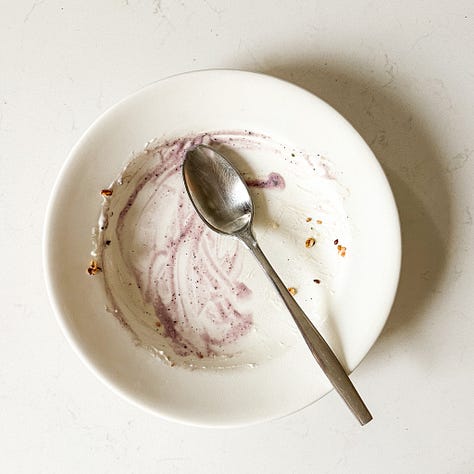
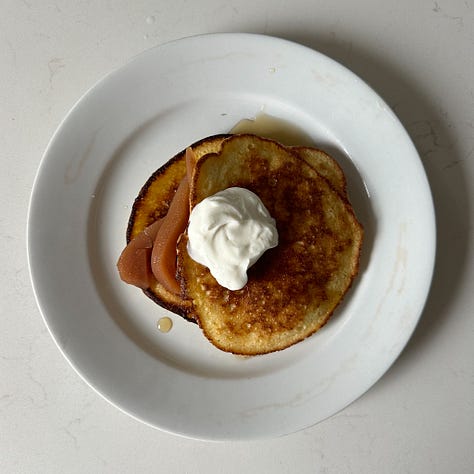
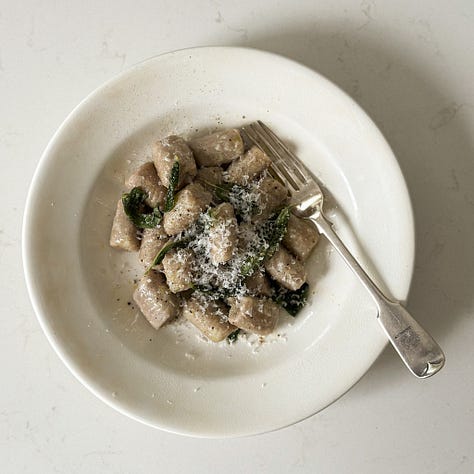
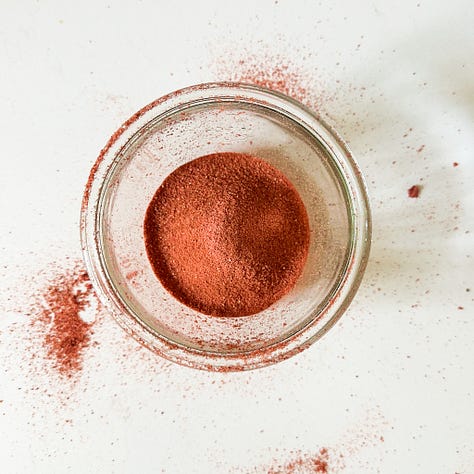

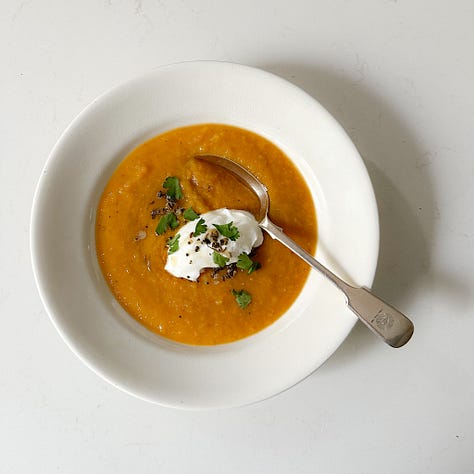
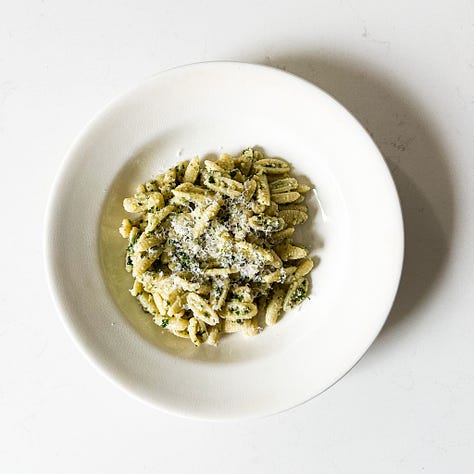
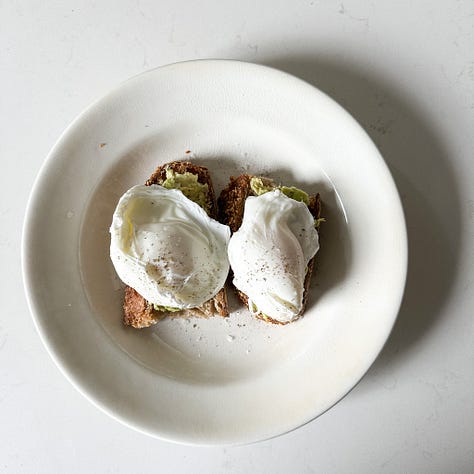
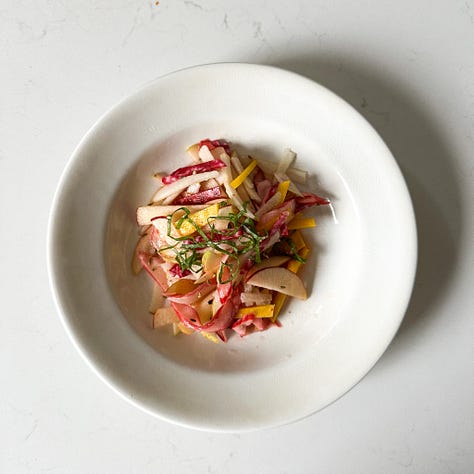
I’ve been crawling into bed at night with my big readers on with STILL cracked open on my lap. It’s a thick coffee table book probably not meant for nighttime reading, but I love it. I want to fall asleep thinking about the glory Mary Jo’s natural world: rural Minnesota in and around her home. I’ve never thought about Minnesota beyond American league baseball or Little House and the Prairie.3 There’s so much more to behold.
I am now in the kitchen chopping pale pink rhubarb with chartreuse leaves. It’s early rhubarb, the kind that’s been grown undercover to deprive it of sunshine. By mid-summer the rhubarb stalks in my backyard will be thick, deep red and striped with dark green. It will need sweetness to soften its tang. But today these early stalks are pale and softly sour. I’ve read I can pickle early rhubarb like I would red onions and eat it raw. Imagine this pink in a salad, the touch of promise we all need here in Nova Scotia where spring unfurls in slow motion.
I’m basing the recipe off a “salad-pickle” in Olia Hercules’s book HOME FOOD.4 It was one of the highlights at our cookbook clubs’ latest gathering devoted to Ukrainian food (please visit Aimée Wimbush-Bourque’s Simple Bites post for the whole beautiful story). We gathered around a kitchen island, sharing, eating, sampling and talking about our connection to the food. There were tears. It felt like a good watercolour session.
The idea for the salad is to pickle what you have - finely sliced beetroot, kohlrabi, turnip, parsnip, pumpkin, apple, or pear - in red wine vinegar sweetened with honey and spiced with caraway, coriander and/or fennel seeds. I am now trying to replicate it using what I have on hand: candy cane beets, pear and yes, forced rhubarb. But before I lean in to a slow and steady chopping session, I position a small stalk of rhubarb on the white countertop and take a good look. I notice the crinkled edges of the pale green leaves. The way the pink of the stalk stretches into the leaves like thin, skeletal fingers. The way the light crawls into the folds. And then I take a picture.
I watched every episode of Little House on the Prairie as a kid. Maybe you did too?





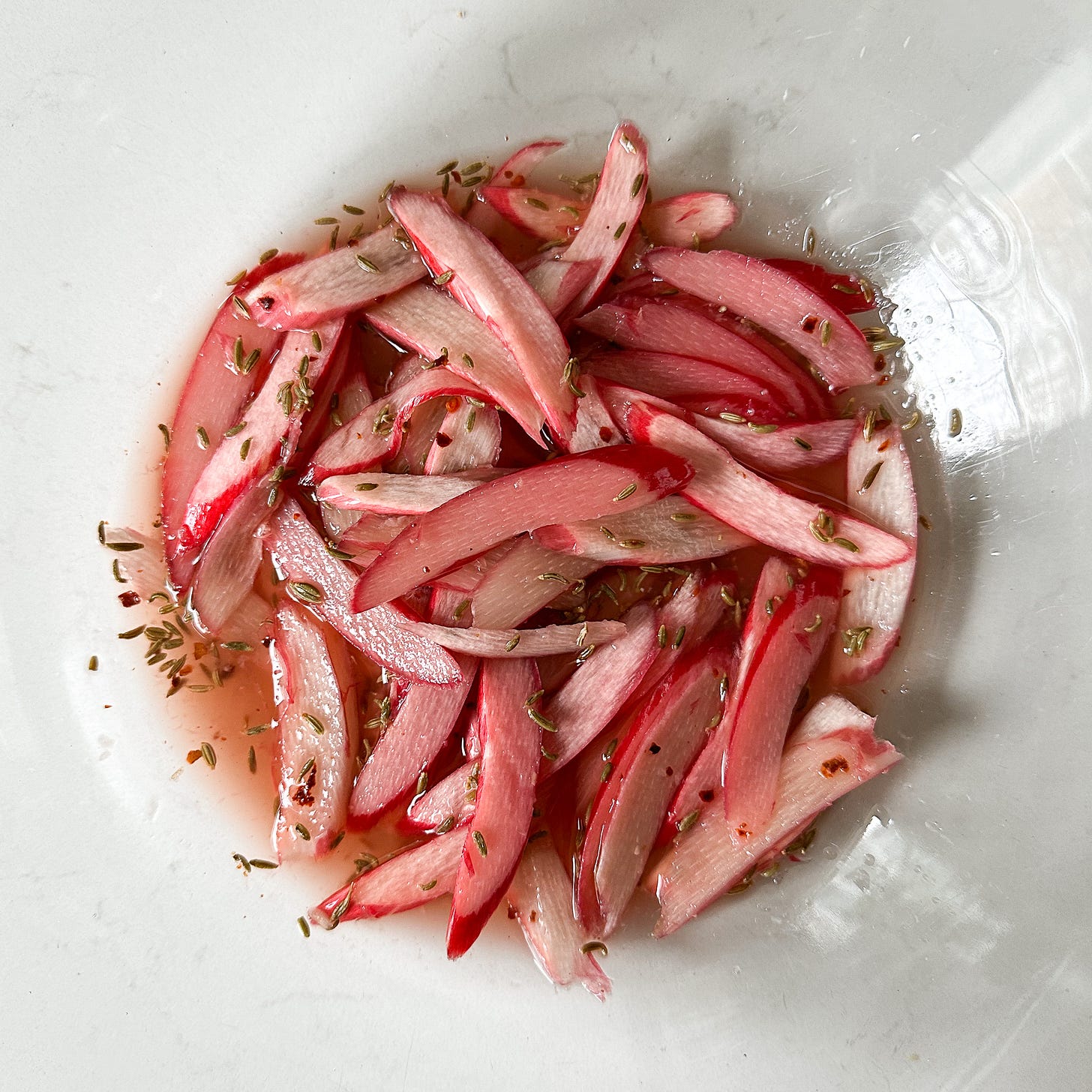
Lindsay, I wish I could post photos here. Today, as part of a work event, I spent time on a farm that has existed since the early 1800s. The original ice house was recently rebuilt, after being crushed by a falling tree. An amazingly strong little structure, impressive for so many reasons not least of which was the 20° difference in temperature from the entrance to the bottom. And there on the gravel floor, growing in a corner, was a 12" pokeweed. Starved for light, it look very much like the photo of your rhubarb here. I bet it would make an incredible pickle. I could have lingered in that space for much longer than the schedule permitted.
I bought that book as a treat last winter! It's so lovely and yes, a bit unweildly to read in bed. Thanks for the reminder to notice and be mindful.